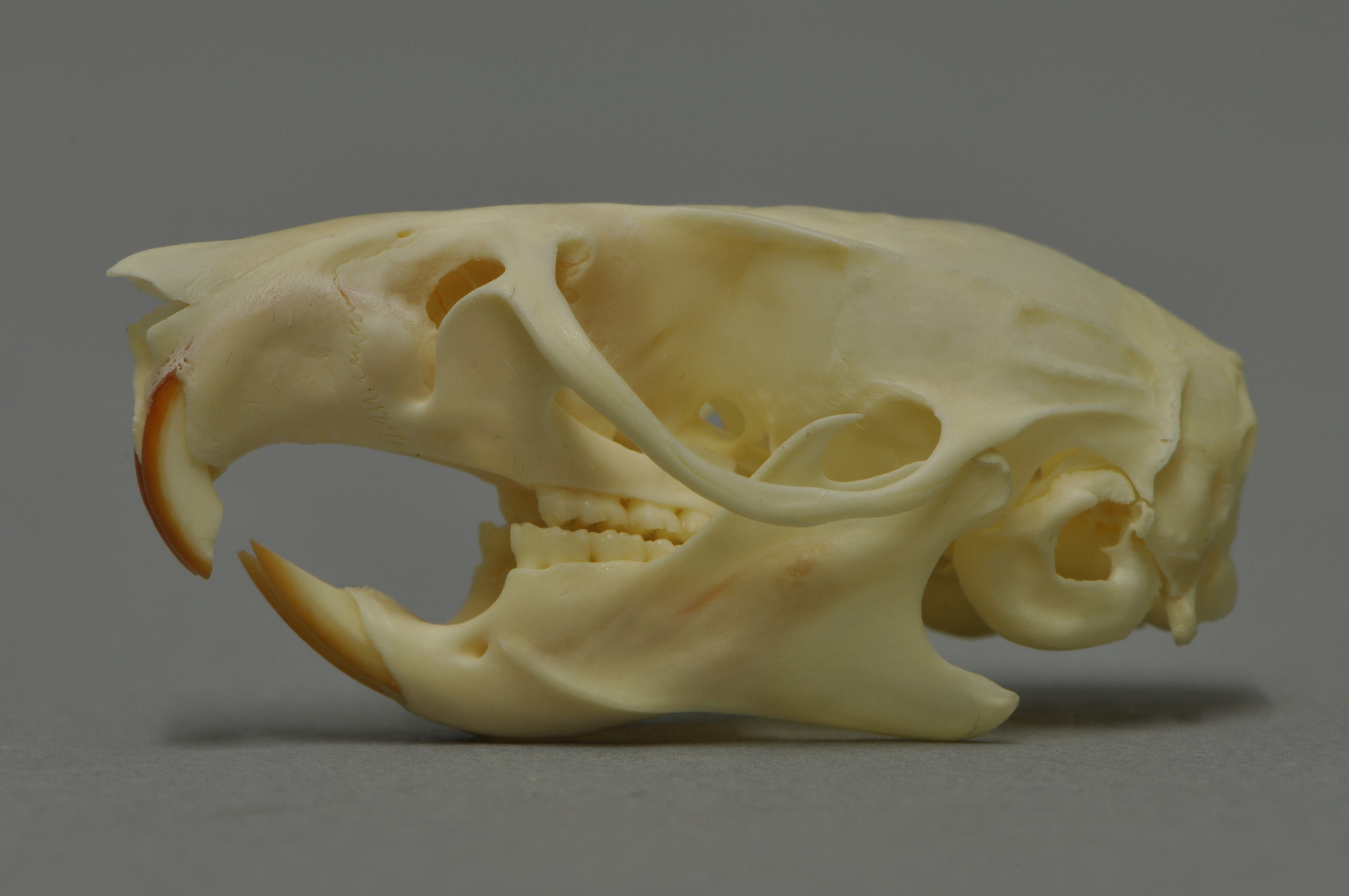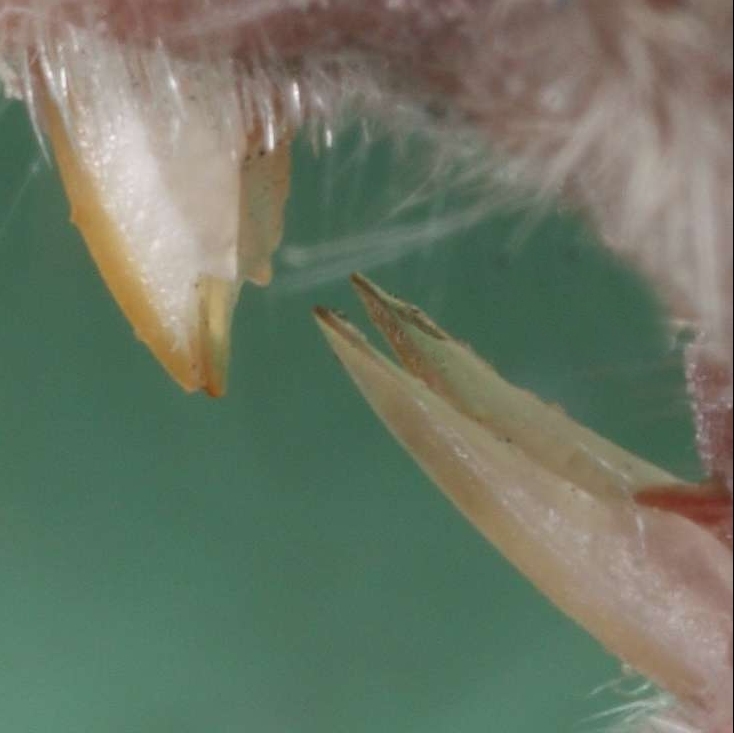|
List Of Mammals Of Corsica
This is a list of the mammal species recorded in Corsica, France. The following tags are used to highlight each species' conservation status as assessed by the International Union for Conservation of Nature. Subclass: Theria Infraclass: Eutheria Order: Rodentia (rodents) Rodents make up the largest order of mammals, with over 40% of mammalian species. They have two incisors in the upper and lower jaw which grow continually and must be kept short by gnawing. *Suborder: Sciuromorpha **Family: Gliridae (dormice) ***Subfamily: Glirinae ****Genus: ''Glis'' ***** Edible dormouse, ''G. glis'' ***Subfamily: Leithiinae ****Genus: ''Eliomys'' ***** Garden dormouse, ''E. quercinus'' *Suborder: Myomorpha **Family: Muridae (mice and rats) ***Subfamily: Murinae ****Genus: ''Apodemus'' ***** Wood mouse, ''A. sylvaticus'' ****Genus: ''Mus (genus), Mus'' ***** House mouse, ''M. musculus'' introduced ****Genus: ''Rattus'' ***** Brown rat, ''R. norvegicus'' introduced ***** Black rat, '' ... [...More Info...] [...Related Items...] OR: [Wikipedia] [Google] [Baidu] |
Ovis Orientalis LC0267
''Ovis'' is a genus of mammals, part of the Caprinae subfamily of the ruminant family (biology), family Bovidae. Its seven highly sociable species are known as sheep or ovines. Domestic sheep are members of the genus, and are thought to be descended from the wild mouflon of central Asia, central and southwest Asia. Terminology Female sheep are called ''ewes'', males are called ''rams'' or less frequently ''bucks'' or ''tups'', neutered males are called ''wethers'', and young sheep are called ''lambs''. The adjective applying to sheep is ''ovine'', and the collective term for sheep is ''flock'' or ''mob''. The term ''herd'' is also occasionally used in this sense, generally for large flocks. Many Glossary of sheep husbandry, specialist terms relating to domestic sheep are used. Characteristics Sheep are fairly small compared to other ungulates; in most species, adults weigh less than .Nowak, R. M. and J. L. Paradiso. 1983. ''Walker's Mammals of the World''. Baltimore, Maryland: ... [...More Info...] [...Related Items...] OR: [Wikipedia] [Google] [Baidu] |
Garden Dormouse
The garden dormouse (''Eliomys quercinus'') is a rodent in the dormouse family. Characteristics The garden dormouse is gray or brown, with a whitish underside. It has black eye markings and large ears. Its hair is short, and its tail has a white tassel at the end. It is typically in head to body length, with a long tail. It weighs . Distribution and habitat In spite of its name, the garden dormouse's main habitat is the forest, though it can also be found in fruit-growing regions. It is particularly common in southern Europe, but its range extends into the north. Garden dormice are often found in the Alps, the Bavarian Forest, and the Ore Mountains. The species is also present in northern Germany, but that population is apparently not capable of large-scale reproduction. In the Netherlands, it is almost extirpated: in 2007, researchers reported finding only nine animals in two woods in the province of Limburg, where it used to be common. They suggested this is a result of ... [...More Info...] [...Related Items...] OR: [Wikipedia] [Google] [Baidu] |
Leporidae
Leporidae is the family of rabbits and hares, containing over 60 species of extant mammals in all. The Latin word ''Leporidae'' means "those that resemble ''lepus''" (hare). Together with the pikas, the Leporidae constitute the mammalian order Lagomorpha. Leporidae differ from pikas in that they have short, furry tails and elongated ears and hind legs. The common name "rabbit" usually applies to all genera in the family except '' Lepus'', while members of ''Lepus'' (almost half the species) usually are called hares. Like most common names, however, the distinction does not match current taxonomy completely; jackrabbits are members of ''Lepus'', and members of the genera '' Pronolagus'' and '' Caprolagus'' sometimes are called hares. Various countries across all continents except Antarctica and Australia have indigenous species of Leporidae. Furthermore, rabbits, most significantly the European rabbit, ''Oryctolagus cuniculus'', also have been introduced to most of Oceani ... [...More Info...] [...Related Items...] OR: [Wikipedia] [Google] [Baidu] |
Lagomorpha
The lagomorphs are the members of the taxonomic order Lagomorpha, of which there are two living families: the Leporidae (hares and rabbits) and the Ochotonidae ( pikas). The name of the order is derived from the Ancient Greek ''lagos'' (λαγώς, "hare") + ''morphē'' (μορφή, "form"). There are 110 recent species of lagomorph of which 109 are extant, including 34 species of pika, 42 species of rabbit, and 33 species of hare. Taxonomy and evolutionary history Other names used for this order, now considered synonymous, include: ''Duplicidentata'' - Illiger, 1811; ''Leporida'' - Averianov, 1999; ''Neolagomorpha'' - Averianov, 1999; ''Ochotonida'' - Averianov, 1999; and ''Palarodentia'' - Haeckel, 1895, Lilian, 2016. The evolutionary history of the lagomorphs is still not well understood. Until recently, it was generally agreed that '' Eurymylus'', which lived in eastern Asia and dates back to the late Paleocene or early Eocene, was an ancestor of the lagomorphs. More r ... [...More Info...] [...Related Items...] OR: [Wikipedia] [Google] [Baidu] |
Black Rat
The black rat (''Rattus rattus''), also known as the roof rat, ship rat, or house rat, is a common long-tailed rodent of the stereotypical rat genus ''Rattus'', in the subfamily Murinae. It likely originated in the Indian subcontinent, but is now found worldwide. The black rat is black to light brown in colour with a lighter underside. It is a generalist omnivore and a serious pest to farmers because it feeds on a wide range of agricultural crops. It is sometimes kept as a pet. In parts of India, it is considered sacred and respected in the Karni Mata Temple in Deshnoke. Taxonomy ''Mus rattus'' was the scientific name proposed by Carl Linnaeus in 1758 for the black rat. Three subspecies were once recognized, but today are considered invalid and are now known to be actually color morphs: *''Rattus rattus rattus'' – roof rat *''Rattus rattus alexandrinus'' – Alexandrine rat *''Rattus rattus frugivorus'' – fruit rat Characteristics A typical adult black rat is long ... [...More Info...] [...Related Items...] OR: [Wikipedia] [Google] [Baidu] |
Brown Rat
The brown rat (''Rattus norvegicus''), also known as the common rat, street rat, sewer rat, wharf rat, Hanover rat, Norway rat, Norwegian rat and Parisian rat, is a widespread species of common rat. One of the largest muroids, it is a brown or grey rodent with a head and body length of up to long, and a tail slightly shorter than that. It weighs between . Thought to have originated in northern China and neighbouring areas, this rodent has now spread to all continents except Antarctica, and is the dominant rat in Europe and much of North America. With rare exceptions, the brown rat lives wherever humans live, particularly in urban areas. Selective breeding of the brown rat has produced the fancy rat (rats kept as pets), as well as the laboratory rat (rats used as model organisms in biological research). Both fancy rats and laboratory rats are of the domesticated subspecies ''Rattus norvegicus domestica''. Studies of wild rats in New York City have shown that populations liv ... [...More Info...] [...Related Items...] OR: [Wikipedia] [Google] [Baidu] |
Rattus
''Rattus'' is a genus of muroid rodents, all typically called rats. However, the term rat can also be applied to rodent species outside of this genus. Species and description The best-known ''Rattus'' species are the black rat (''R. rattus'') and the brown rat (''R. norvegicus''). The group is generally known as the Old World rats or true rats and originated in Asia. Rats are bigger than most Old World mice, which are their relatives, but seldom weigh over in the wild. Taxonomy of ''Rattus'' The genus ''Rattus'' is a member of the giant subfamily Murinae. Several other murine genera are sometimes considered part of ''Rattus'': '' Lenothrix'', '' Anonymomys'', '' Sundamys'', '' Kadarsanomys'', ''Diplothrix'', '' Margaretamys'', ''Lenomys'', '' Komodomys'', ''Palawanomys'', '' Bunomys'', '' Nesoromys'', ''Stenomys'', '' Taeromys'', '' Paruromys'', '' Abditomys'', '' Tryphomys'', '' Limnomys'', '' Tarsomys'', ''Bullimus'', ''Apomys'', ''Millardia'', ''Srilankamys'', '' Niviv ... [...More Info...] [...Related Items...] OR: [Wikipedia] [Google] [Baidu] |
House Mouse
The house mouse (''Mus musculus'') is a small mammal of the order Rodentia, characteristically having a pointed snout, large rounded ears, and a long and almost hairless tail. It is one of the most abundant species of the genus ''Mus''. Although a wild animal, the house mouse has benefited significantly from associating with human habitation to the point that truly wild populations are significantly less common than the semi-tame populations near human activity. The house mouse has been domesticated as the pet or fancy mouse, and as the laboratory mouse, which is one of the most important model organisms in biology and medicine. The complete mouse reference genome was sequenced in 2002. Characteristics House mice have an adult body length (nose to base of tail) of and a tail length of . The weight is typically . In the wild they vary in color from grey and light brown to black (individual hairs are actually agouti coloured), but domesticated fancy mice and laboratory m ... [...More Info...] [...Related Items...] OR: [Wikipedia] [Google] [Baidu] |
Mus (genus)
The genus ''Mus'' or typical mice refers to a specific genus of muroid rodents, all typically called mice (the adjective "muroid" comes from the word " Muroidea", which is a large superfamily of rodents, including mice, rats, voles, hamsters, gerbils, and many other relatives). They are the only members of the tribe Murini. However, the term mouse can also be applied to species outside of this genus. Subgenera, species, and subspecies '' The following is a list of ''Mus'' subgenera, species, and subspecies: *'' Coelomys'' **'' Mus crociduroides'' (Sumatran shrewlike mouse) **''Mus mayori'' (Mayor's mouse) **''Mus pahari'' (Gairdner's shrewmouse) **''Mus vulcani'' (volcano mouse) *''Mus'' **'' Mus booduga'' (Little Indian field mouse) **'' Mus caroli'' (Ryukyu mouse) **'' Mus cervicolor'' (Fawn-colored mouse) ***''Mus cervicolor cervicolor'' ***''Mus cervicolor popaeus'' **'' Mus cookii'' (Cook's mouse) **'' Mus cypriacus'' (Cyprus mouse) **'' Mus famulus'' (Servant mouse) **' ... [...More Info...] [...Related Items...] OR: [Wikipedia] [Google] [Baidu] |
Wood Mouse
The wood mouse (''Apodemus sylvaticus'') is a murid rodent native to Europe and northwestern Africa. It is closely related to the yellow-necked mouse (''Apodemus flavicollis'') but differs in that it has no band of yellow fur around the neck, has slightly smaller ears, and is usually slightly smaller overall: around 90 mm (3.54 in) in length and 23 g in weight. It is found across most of Europe and is a very common and widespread species, is commensal with people and is sometimes considered a pest. Other common names are long-tailed field mouse, field mouse, common field mouse, and European wood mouse. This species is a known potential carrier of the Dobrava sequence of hantavirus which affects humans and may pose serious risks to human health. Habitat and distribution Wood mice inhabit forests, grasslands, and cultivated fields, tending to seek out more wooded areas in winter. Almost entirely nocturnal and terrestrial, wood mice burrow extensively, build nests of ... [...More Info...] [...Related Items...] OR: [Wikipedia] [Google] [Baidu] |
Apodemus
''Apodemus'' is a genus of Muridae (true mice and rats). The name is unrelated to that of the ''Mus'' genus, instead being derived from the Greek ἀπό-δημος (literally ''away from home''). Taxonomy Related to the Ryūkyū spiny rats (''Tokudaia'') and the prehistoric '' Rhagamys'' – and far more distantly to ''Mus'' and ''Malacomys'' – it includes these species: ''Apodemus sensu stricto'' * Striped field mouse, ''A. agrarius'' * Chevrier's field mouse, ''A. chevrieri'' * Small Japanese field mouse, ''A. argenteus'' ''Alsomys'' * South China field mouse, ''A. draco'' * Himalayan field mouse, ''A. gurkha'' * Sichuan field mouse, ''A. latronum'' * Korean field mouse, ''A. peninsulae'' * Taiwan field mouse, ''A. semotus'' * Large Japanese field mouse, ''A. speciosus'' ''Sylvaemus'' * Alpine field mouse, ''A. alpicola'' * Yellow-necked mouse, ''A. flavicollis'' – includes ''A. arianus'' * Caucasus field mouse, ''A. hyrcanicus'' * Ward's field mouse, ... [...More Info...] [...Related Items...] OR: [Wikipedia] [Google] [Baidu] |









